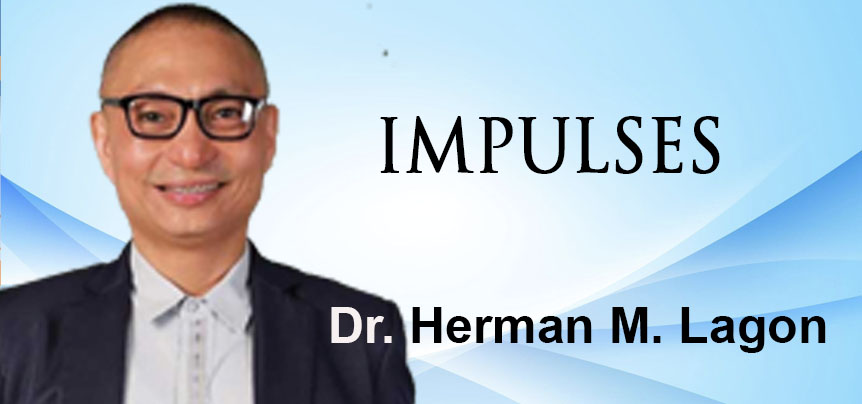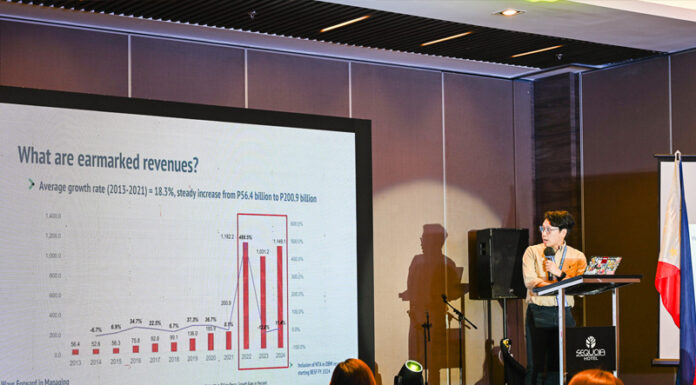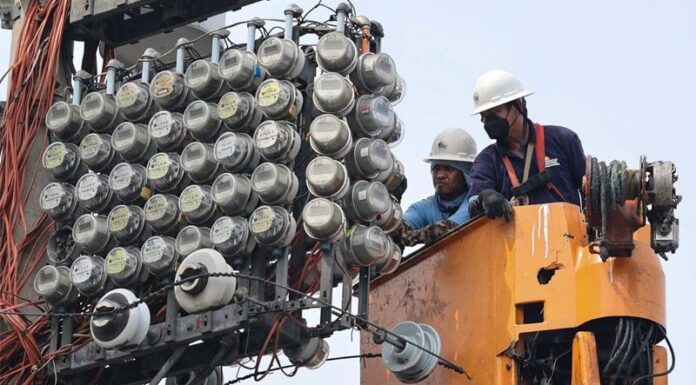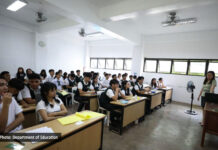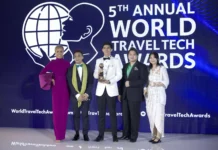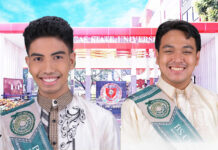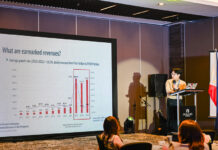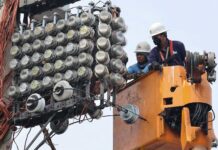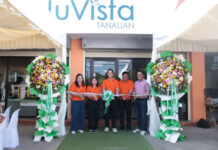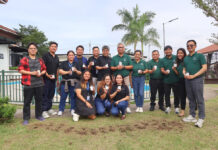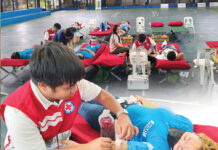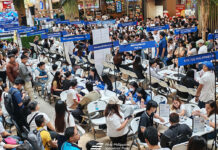There are thank-you notes, and then there are full-bodied letters written with every drop of gratitude one can pull from memory. This is the latter. After all, how do you simply say “salamat” to something that shaped the very architecture of your professional life?
When I received news back in 2008 that I had qualified for the DOST-SEI ASTHRDP-SECC scholarship for my PhD in Mathematics at West Visayas State University, I was living on a shoestring budget, financially navigating personal loans and emotionally trying to stay afloat. I was part of the second batch of scholars from WVSU-COE, and I remember holding the official contract with trembling hands—not from fear, but from an odd mix of disbelief and hunger for a new chapter. That scholarship paid for my tuition, covered my books, shouldered my dissertation, let me attend the needed seminar workshops, and gave breathing space to a soul burdened by dreams and financial obligations. To call it a lifeline would be to undersell what it meant to me and many others.
In 2011, I became not only the first from my batch but the very first to complete the program in our university’s DOST-SEI ASTHRDP-SECC history. But it was never about finishing first. It was about finishing strong. And with a renewed sense of purpose. Today, I work at the Iloilo State University of Fisheries Science and Technology (ISUFST), shoulder to shoulder with fellow DOST scholars who now manage offices and teach math, science, and research with the same fire we were once gifted. My former classmates? They are now deans, department heads, directors, master teachers, curriculum developers, and researchers crafting real-world solutions. We were the investment. Now, we are the return.
The beauty of the DOST scholarship lies not only in the financial aid it offers but in the belief it extends. It bets on raw talent, not pedigree. It reaches deep into the countryside, where potential often sits quietly, waiting for one knock, test, and email to change everything. I have seen this firsthand—students from underfunded schools, armed with grit, humility, and big dreams, eventually emerging as top board passers, lead researchers, and STEM educators in their communities. According to Edcom 2, only one percent of our 27 million students are in science-focused public programs (De Villa, 2024). Imagine how many more we could empower if we widened the gates.
I say this not just as a recipient but as someone who was once scraping by, holding onto faith, trying to study at night while worrying about paying the next electricity bill. The DOST stipend helped not just me but my entire family. It was not just allowance; it was dignity. I used part of it to send support home, photocopy expensive math books, and pay off credit card dues one month at a time. It allowed me to breathe, think, and write better. It allowed me to finish a dissertation–an award-winning one, that is–without constantly fearing I was financially sinking.
Years later, even after completing my return service, I still feel a moral obligation and personal commitment to give back. Because, really, my PhD was not just paid by DOST—the Filipino people paid for it. By farmers in Pototan, the tricycle drivers of Barotac Nuevo, vendors in Iloilo Super Market, and the everyday taxpayer whose hard-earned peso made it to my seven-digit scholarship fund. That truth keeps me grounded. It is one of the main reasons why I teach the way I teach. Why I serve beyond my faculty load. Why I write columns that speak of justice, equity, and truth. Why I now profess in a state university. Because somewhere in a distant town, a struggling student who reminds me of myself might be reading what I write or say, or learning from how I teach or live.
The DOST-SEI ASTHRDP-SECC program and others like it are not handouts. They are tools for nation-building. They bring scientists into classrooms, researchers into farming communities, and critical thinkers into public discourse. They empower not just individuals but institutions and entire generations. The call now is to scale. We need more STEM-based scholarships from high school to postgrad, more funding for countryside innovation, and more ways for young minds to explore math, science, research, engineering, and information technology without the heavy chain of poverty holding them back.
The global data speak volumes. While South Korea boasts almost 8,000 researchers per million people, we struggle to meet 200. UNESCO suggests 380 per million to maintain a sustainable innovation economy. We are not even close. But we can catch up—not through overnight miracles, but through sustained investment in people, in programs like the DOST’s, in minds willing to stay, build, and serve.
If the pandemic taught us anything, it is that scientists and public servants are not luxuries. They are lifelines. We saw how research guided policy, how data saved lives, and how innovation built resilience. This is the kind of future we build when we support STEM education, when we honor the dreams of ‘probinsyano’ kids with brains as sharp as any in Manila, and when we say, “Yes, you belong here, too.”
So here is to the Department of Science and Technology (DOST). For believing in possibility. For banking on dreamers. For choosing the quiet ones from remote places—those who now lead institutions, run companies, develop innovative solutions, and speak in conferences and classrooms. Thank you. Your bet on us was not wasted. In fact, it is still growing. Every student we help, every community we empower, every mind we shape—that is your return, the country’s lasting gain.|


